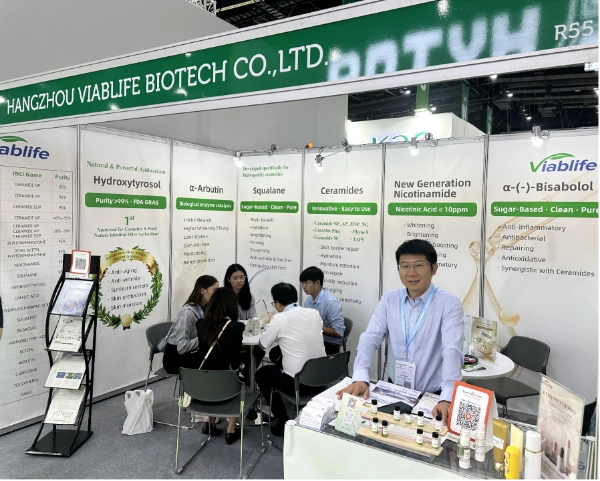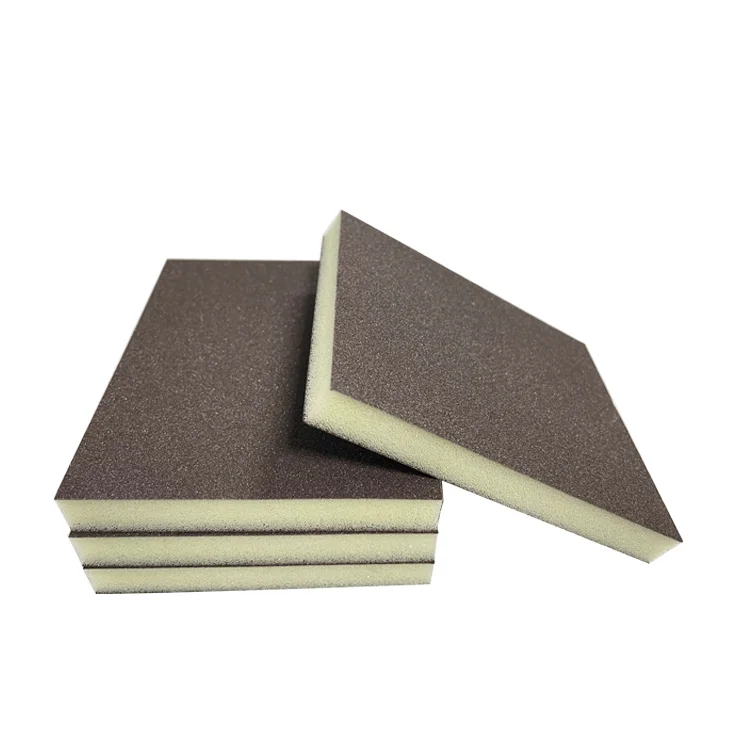When it comes to camping, photography, or indoor gardening, dark room tents have gained popularity for their ability to create controlled environments. However, a common question arises: do dark room tents get hot? This article delves into the factors influencing temperature within these tents, their design features, and practical tips for managing heat effectively.
Understanding Dark Room Tents
Dark room tents, often referred to as grow tents or light deprivation tents, are specialized enclosures designed to block out light and create an optimal environment for plants, photography, or other light-sensitive activities. They are typically made from durable, reflective materials that enhance light efficiency while minimizing external light interference.
Factors Influencing Temperature in Dark Room Tents
- Material Composition: The fabric used in dark room tents plays a crucial role in heat retention. Most tents are made from materials like mylar or oxford cloth, which can reflect light but also trap heat. The thickness and insulation properties of the material can significantly affect the internal temperature.
- Ventilation: Proper ventilation is essential for regulating temperature. Many dark room tents come equipped with ventilation ports and fans to facilitate air circulation. Without adequate airflow, heat can build up quickly, leading to an uncomfortable or even harmful environment for plants or equipment.
- External Temperature: The ambient temperature outside the tent can influence the internal climate. In hot weather, dark room tents can absorb heat from the sun, raising the internal temperature. Conversely, in cooler conditions, they may retain warmth, which can be beneficial for certain applications.
- Lighting Equipment: The type and intensity of lighting used within the tent can also contribute to heat levels. High-intensity discharge (HID) lights, for example, generate significant heat compared to LED lights. Understanding the heat output of your lighting system is crucial for maintaining a stable environment.
- Size and Design: The size of the tent and its design features, such as the number of vents and their placement, can impact how heat is distributed and managed. Larger tents may have more space for heat to dissipate, while smaller tents can heat up more quickly.
Managing Heat in Dark Room Tents
To ensure optimal conditions within a dark room tent, consider the following strategies:
- Invest in Quality Ventilation: Use inline fans or exhaust fans to promote air circulation. This will help dissipate heat and maintain a stable temperature. Additionally, consider using oscillating fans to enhance airflow throughout the tent.
- Monitor Temperature and Humidity: Utilize thermometers and hygrometers to keep track of the internal conditions. This data will help you make informed decisions about when to adjust ventilation or lighting.
- Choose the Right Lighting: If heat is a concern, opt for energy-efficient LED lights that produce less heat compared to traditional lighting systems. This can significantly reduce the overall temperature within the tent.
- Insulation and Reflective Materials: Consider using insulation materials or reflective covers to minimize heat absorption from external sources. This can help maintain a more stable internal environment.
- Timing of Light Cycles: If using grow lights, consider scheduling light cycles during cooler parts of the day or night to reduce heat buildup. This can be particularly effective in warmer climates.
Conclusion
In summary, dark room tents can indeed get hot, influenced by various factors such as material composition, ventilation, external temperatures, lighting equipment, and tent design. However, with proper management techniques, it is possible to maintain a comfortable and effective environment for your specific needs. By understanding the dynamics of heat within these tents and implementing strategic solutions, users can optimize their dark room experience, whether for gardening, photography, or other applications.


